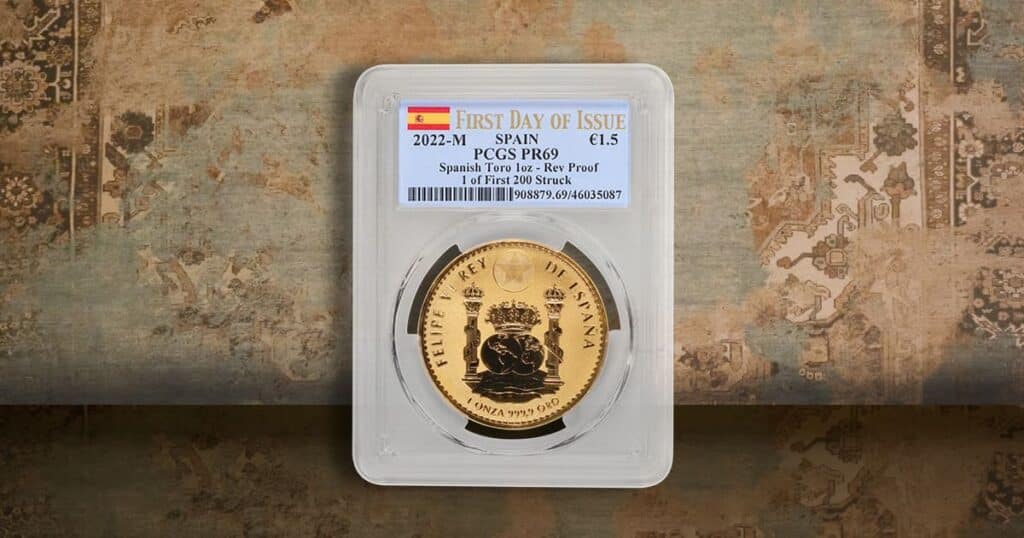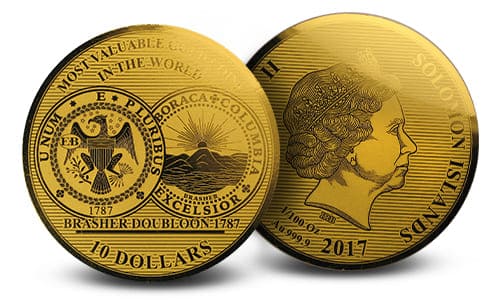
What are Gold Doubloons?
The word doubloon originated from the Spanish word for “double” as these were worth twice as much as two-escudo gold coins. Gold doubloons are often associated with sunken pirate ships or booty found hidden in caves and caverns.
The Spanish and viceroyalties of New Spain, Peru, and Nueva Granada used them as currency from the mid-16th century to the mid-19th century. Weights of a doubloon varied between 6 to 8 grams.
These coins were made from 22 karat gold. Other manifestations of the piece were minted to be heavier. They were mostly round, but they were hand-stamped causing an irregular shape.
While these coins were prevalent from the 16th to 19th centuries in the Spanish colonies, their popularity extended to other parts of the world including France, Switzerland, Germany, and Prussia. The Gold weight of the piece is something unique to their time but still holds importance to their value today.

The Weight of a Gold Doubloon
The most familiar coinage weight system we are accustomed to is ounces or grams. Conversions of the weights are important to understanding our metric system of Precious Metals.
To understand the weight of the Gold doubloons, it is important to understand the Spanish weight system. Much like the ounce or gram system, the Spanish had a weight system in the form of reales and escudos.
Reales were used for Silver coins while escudos were used for Gold coins. Gold coins were issued in escudos until approximately 1833.
The common denominations were 1/2, 1, 2, 4 and 8 escudos. Four escudos are commonly known as the doubloon or pistole and eight escudos is a quadruple pistole.
The final Spanish doubloons were minted in 1849. Mexico, Peru, and the countries of Nueva Granada minted their own doubloons after becoming independent from Spain.

The Value of a Gold Doubloon Today
When doubloons were exchanged for In Spain, doubloons were equivalent to $4 (four duros) or 80 reales de vellón until the mid-19th century. Isabella II transitioned to escudo-based coinage that used decimal reales in 1859.
The value of gold doubloons remains high today. Spanish and Portuguese Gold doubloons are rare. Any available for sale today are worth collecting or investing in because they were, in some cases, the only source of currency for a time.
Some were made in other parts of the world shortly after the Spanish stopped striking them. They are widely popular because of their Gold content and history. Learn about the current Gold price and find historical charts with APMEX.
Expand your collection and shop our selection of Gold Doubloons today.





